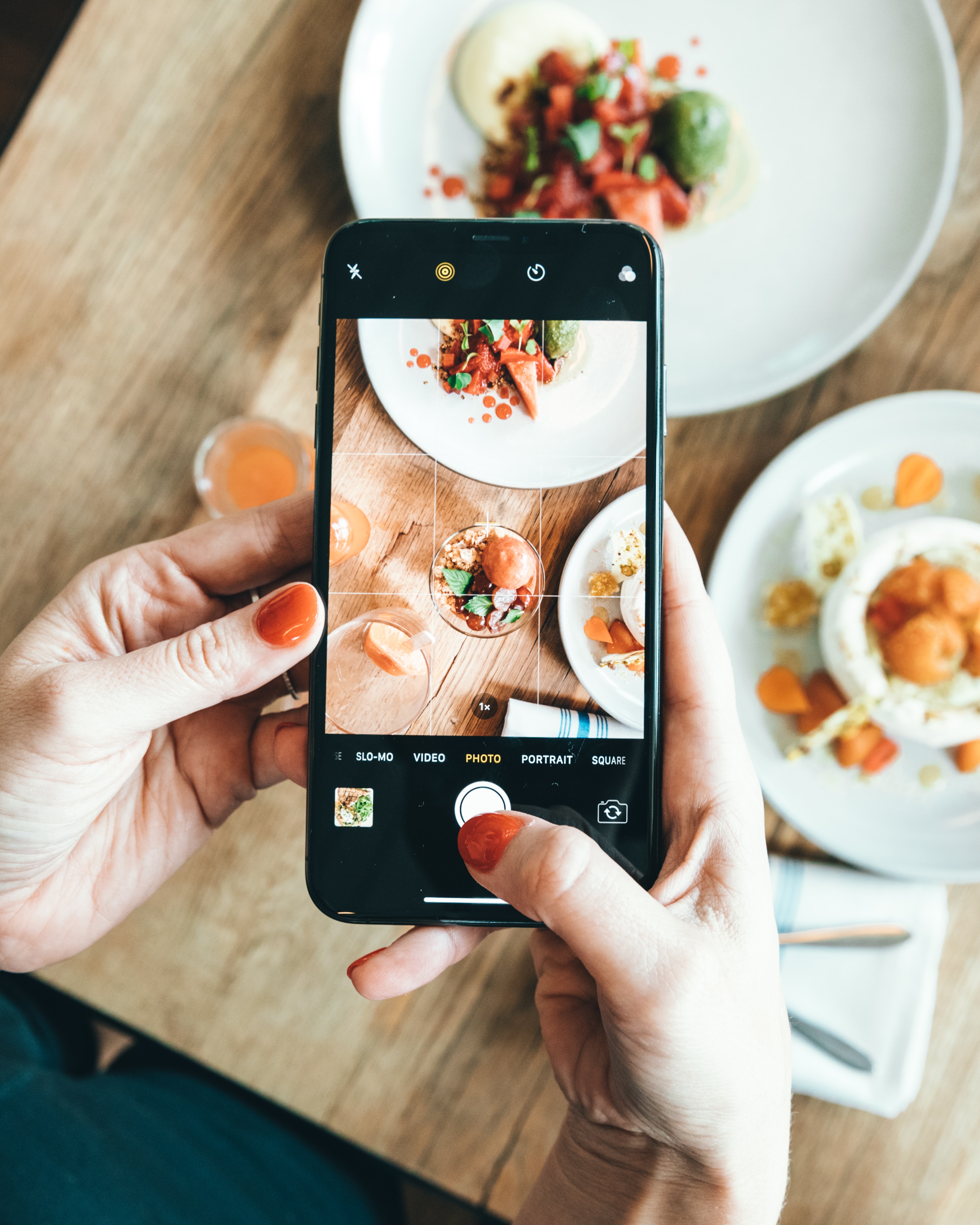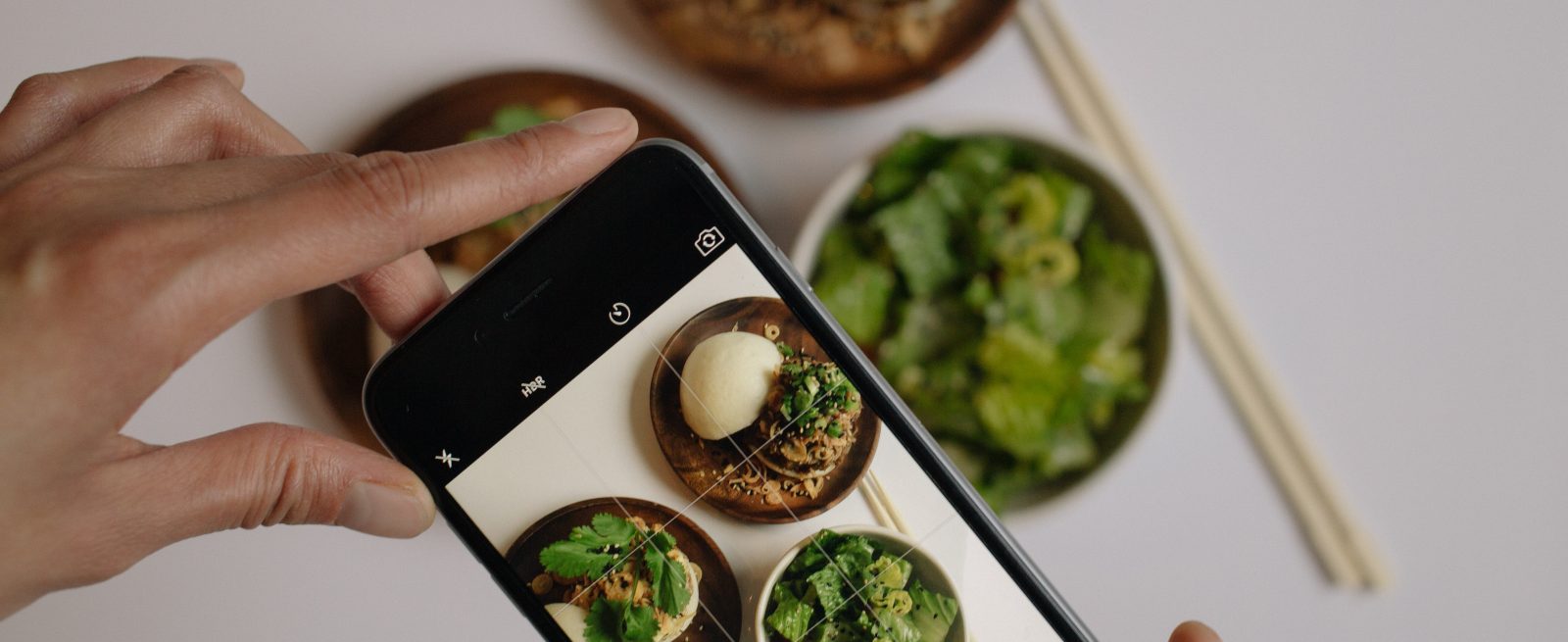Stop Yelping About User-Generated Content and Start Leveraging It
4 Min Read By Alexis Krisay
Rewind a few years. Ask restaurant owners what they believe user-generated content is, and you’d likely get two similar, but polar opposite answers – groans and grumbles or enthusiastic endorsements of Yelp, the pioneer crowd-sourced review platform. While the Yelp platform has expanded and shifted since the early days, it was without a doubt, a make or break tool for restaurateurs and consumers alike.
Today’s landscape is much broader. Social media is the single most common form of marketing done by restaurants, followed closely by online listings, customer reviews, and local SEO. Harness its collective power, and you can easily bring your bottom line from a simmer to a healthy boil.

First, it may be helpful to refresh everyone’s understanding of user-generated content (UGC). UGC is the global name for the different types of posts that are written and/or produced by consumers, rather than representatives from the brand or its agency. Put more simply, UGC is content shared to social networks for others to see and act on. Some of the most common types of content created, uploaded, and shared by users are:
- Product reviews
- Customer testimonials
- Social media posts
- Videos (live or not)
- Blog/forum posts
Today, user-generated content is the top key factor in successfully promoting a business and its purpose. But why is UGC so popular? We’ve all been advertised to since birth, so of course, we’ve become far more skeptical and savvy about marketing messages. We want real, authentic human connections. We trust other people and their opinions far more than brand produced messages, and the majority of us will head to the web to research practically every aspect of our consumer lives. This healthy skepticism about marketing messages is why 90 percent of consumers cite authenticity as an important factor in deciding which brands they’ll support.
Use UGC to Gain More Credibility and Customers
Strategic use of social media can produce an abundance of UGC that you can reuse.
UGC is basically free advertising that promotes your business and increases your overall consumer base. There are multiple ways you can use UGC, but you need to be smart and realistic about what you can handle in-house, and what you might need expert help to do. Investing in professional help can quickly pay off.
UGC is basically free advertising that promotes your business and increases your overall consumer base.
First, pick one or two key content hubs for your business. Finding the platforms best fit your business will be the deciding factor in how you use UGC in your business – if you're not where your customers are, you’re missing huge opportunities. Facebook is still a given, but its sister company, Instagram, is the best choice. The image-driven platform is ideal for showcasing restaurants and food. In fact, research shows people aged 18-35 spend more than FIVE DAYS annually simply looking at food pics on Instagram. (All the more reason to pay attention to your plating.)
Often, the deciding factor for choosing a restaurant is the establishment’s Instagram profile combined with user posts. People who see a friend in a photo or their shot of an amazing meal are far more likely to try the spot for themselves. Don’t be afraid to share or repost UGC – that’s the beauty of it – consumers see your brand engaging in an authentic way, and that’s the single biggest hurdle to clear. A bonus? Regular content sharing helps organically boost your website in search engine results.
Online reviews are another rich source of UGC to cultivate. Reviews fill tables. Don’t believe it? TripAdvisor survey data showed that 94 percent of U.S. consumers say reviews influence their dining decisions. The other six percent, well … let’s just say they’ll never be your target audience.
Sharing is the key to it all. People share food, opinions, beliefs, and tastes – all are key ingredients in the human experience. Share. It’s really that simple.
Need ideas to spur UGC? Consumers are hungry for food-related content, from recipes to restaurant reviews to ‘how to cook that’ tutorials. People want to know where their food is sourced, and learn about the different ingredients. Tell or create stories around your dishes and their origins; encourage customers to share their thoughts and experiences; run promotions to garner user engagement. Sharing is the key to it all. People share food, opinions, beliefs, and tastes – all are key ingredients in the human experience. Share. It’s really that simple.
For instance, let’s look at Coca Cola’s “Share a Coke” campaign. The iconic soda company printed around 150 common first names onto their bottles and then encouraged Coca Cola drinkers to find their name and share photos using the hashtag #shareacoke. The campaign was launched at events and included branded backdrops so users would embrace the ‘grammable moment. These consumer-focused tactics provided Coca Cola with an abundance of user-generated content that could be repurposed on all of their social and advertising channels.
Taco Bell, the fast-food giant, also uses UGC as a prime ingredient in their online activities. A large portion of their content feed serves up posts created by a mix of everyday folks and Taco Bell enthusiasts. But the delicious, authentic truth is that your establishment doesn’t need to be huge or have millions of dollars or followers to benefit from UGC.
One final note on UGC – when you’re sharing user content, always remember your manners and credit the creator as a thank you. Including their handle when you re-gram, retweet or repost shows how much you value your customers, gives them an ego boost and helps keep your tables filled.


